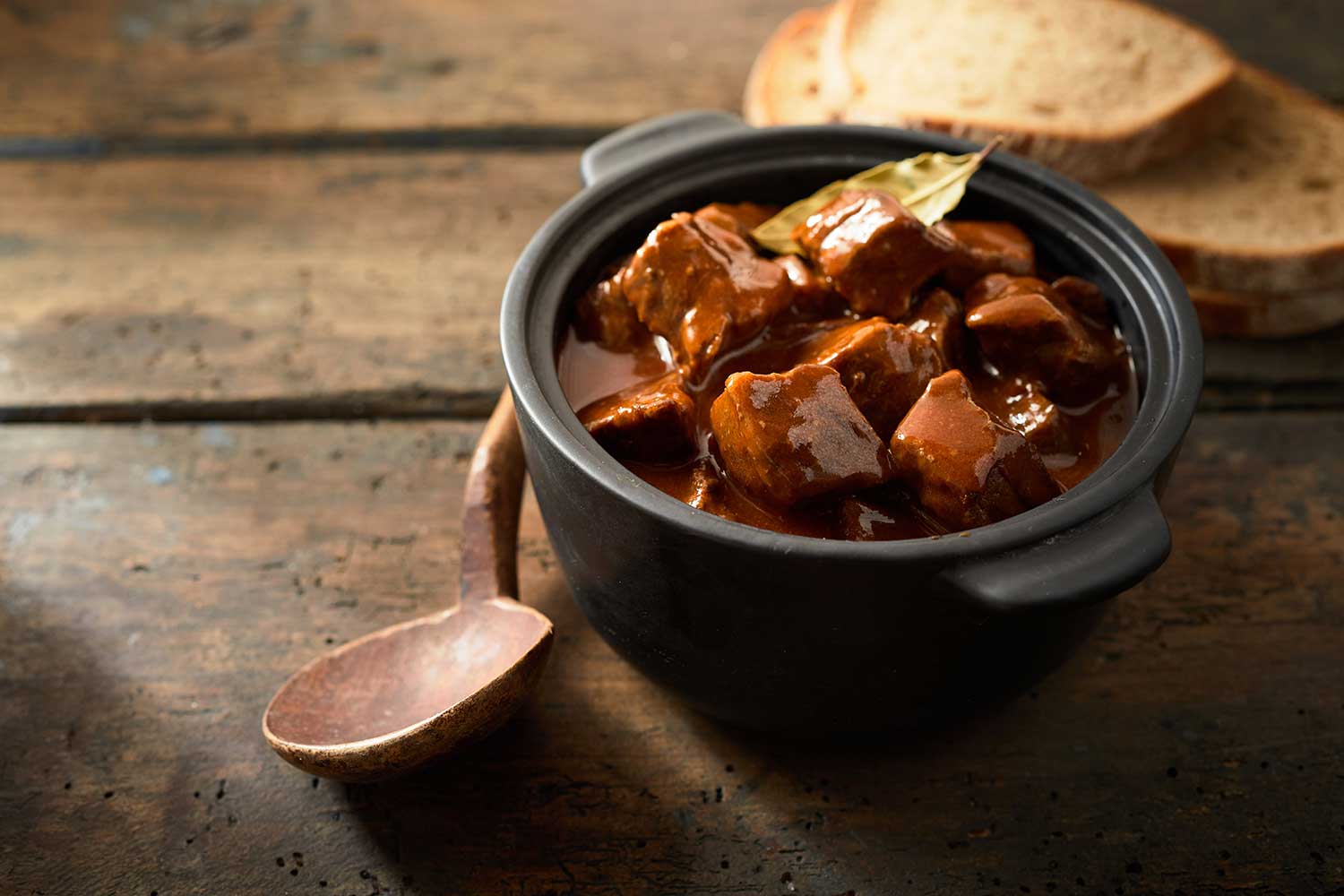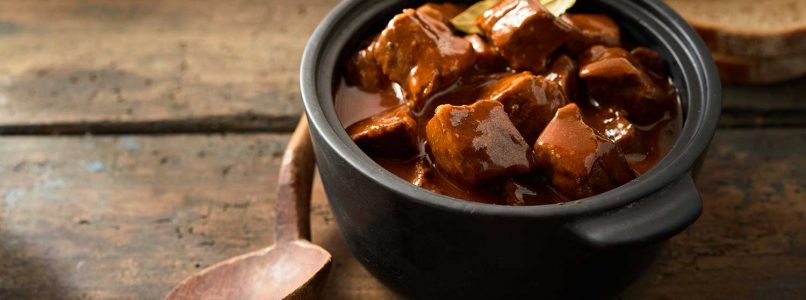Tasty, comforting, it embodies the whole Mediterranean. There caponata Siciliana, side summer par excellence, was born in Sicily and today it is widespread and appreciated throughout Italy thanks to that unmistakable sweet and sour flavour. Cold, warm and room temperature, it really is irresistible and if it is served on a slice of toasted bread it can even represent an appetizer or a main course. Loved by vegetarians and omnivoresinitially it was also prepared with fish, while today the best known variant it is the one based on suns vegetable ingredients.
Sicilian caponata: the numerous versions
From caponata Siciliana they exist numerous versions but what is certain is that the eggplant they cannot be missed and that all the ingredients they must be individually prepared to be united only at the end. In the alone Sicily at least they can be counted four variations of caponata: a Catania among the ingredients there are also: peppers red and yellow, e.g Agrigento in addition to peppers there are the olives black but not the green ones, a Messina woe betide using concentrate for the benefit of tomatoes fresh it’s at Palermo there recipe that is performed is yet another.
Sicilian caponata: the Palermo recipe
A mix of fried vegetables (otherwise it’s not caponata!) and then pan-fried with a sauce based on sugar and vinegar: this is the secret to obtaining the original Palermo Sicilian caponata from the typical one sweet and sour taste.
Ingredients for 6 people
- 1 kg of long aubergines
- 250 g of tomato sauce
- 80 g of pitted green olives
- 60 g of desalted capers
- 60 ml of white wine vinegar
- 2 tablespoons of brown sugar
- 1 golden onion
- 1 stalk of celery
- extra virgin olive oil
- fresh basil
- salt
Method
- Start preparing the Sicilian caponata by draining the aubergines. Wash them well with running water, cut off the end with the stalk, cut them into slices a couple of centimeters thick and collect them in a bowl. Sprinkle with coarse salt and place a weight on top. After about an hour, rinse them well with fresh water and let them drain on sheets of absorbent paper. When they are well drained, cut them into cubes.
- Pour into a large pan oil and when it is hot, fry the aubergines until golden brown. Remove them with a slotted spoon and let them drain on absorbent paper for fried foods.
- Clean the celery, wash it with cold water and cut it into pieces more or less the size of the aubergines. Blanch it for a few minutes in boiling salted water and drain it.
- Pour the sugar and vinegar into a bowl and mix until the sugar is completely dissolved. Keep aside.
- Peel the onion and chop it finely. In a saucepan, fry the chopped onion in the oil for a couple of minutes, taking care not to let it burn. Also add the capers and blanched pieces of celery and leave to flavor for a few minutes, stirring often.
- Add the olives and tomato sauce to the saucepan. Mix, add salt and cook for five minutes. Finally add the aubergines and the sweet and sour sauce. Mix with a wooden spoon until the ingredients are well blended. Season with salt, turn off the heat and flavor with the basil.
- Let the caponata rest and serve it at room temperature so the flavor of the vinegar will be less intrusive.
Which aubergines are used to make caponata?
The types of aubergines that would be best to choose for making Sicilian caponata are the “violet” type, like – needless to say – the long Palermo violet. This type of aubergines are characterized by elongated shape and from very firm pulp which holds up well to cooking while remaining intact and compact.



